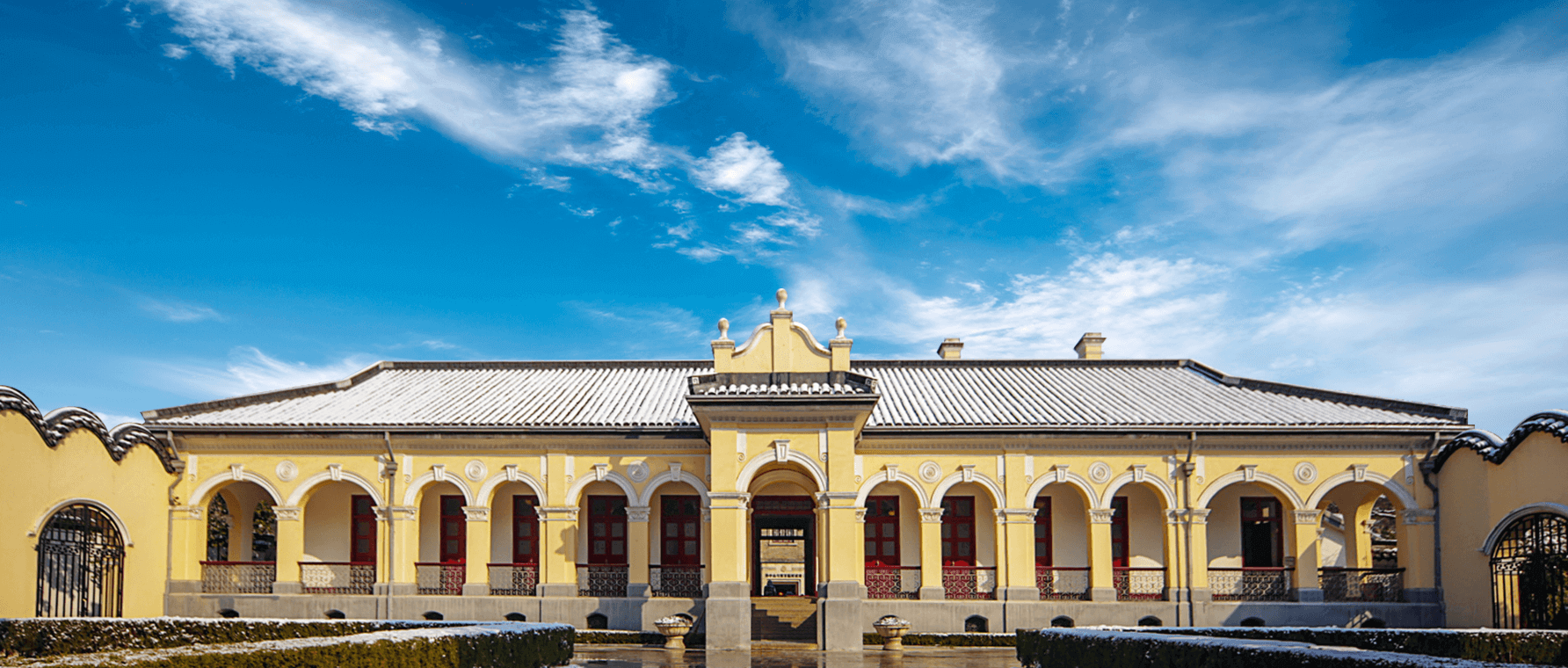
Overview of scenic spot
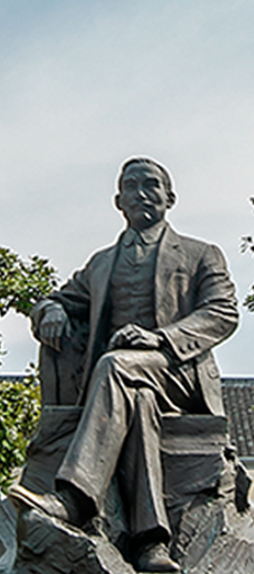
The Presidential Palace is a national key cultural relic protection unit and a famous tourist attraction. With many well-preserved remains of Chinese and Western architecture, the Presidential Palace is characterized with the unique culture and rich history. It has beautiful natural environment and a leisure zone of nearly ...
More
Historical Changes
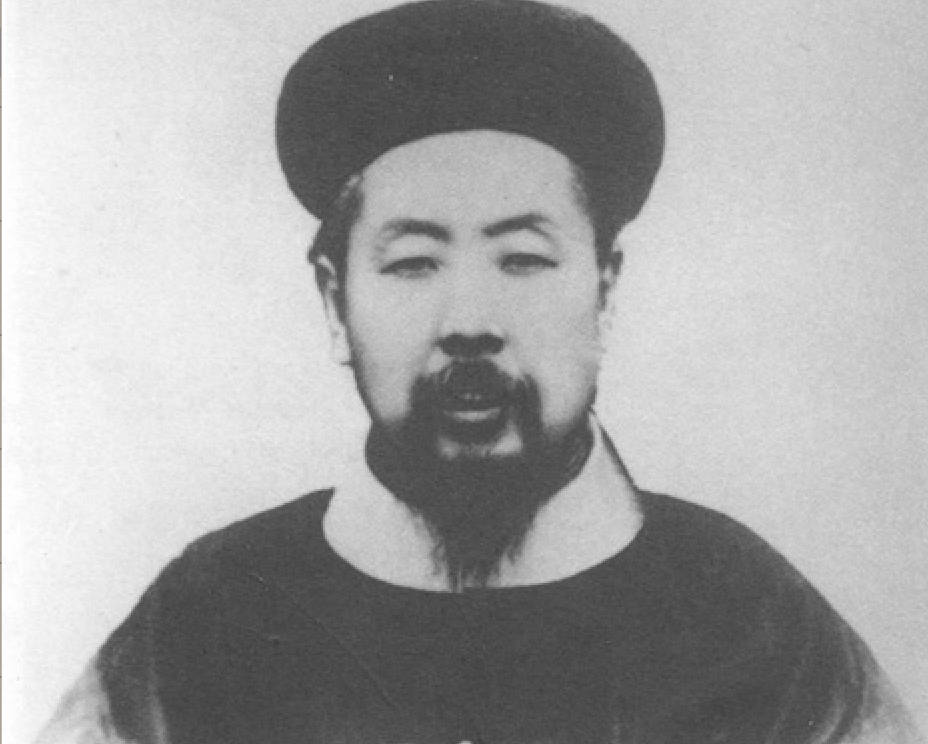
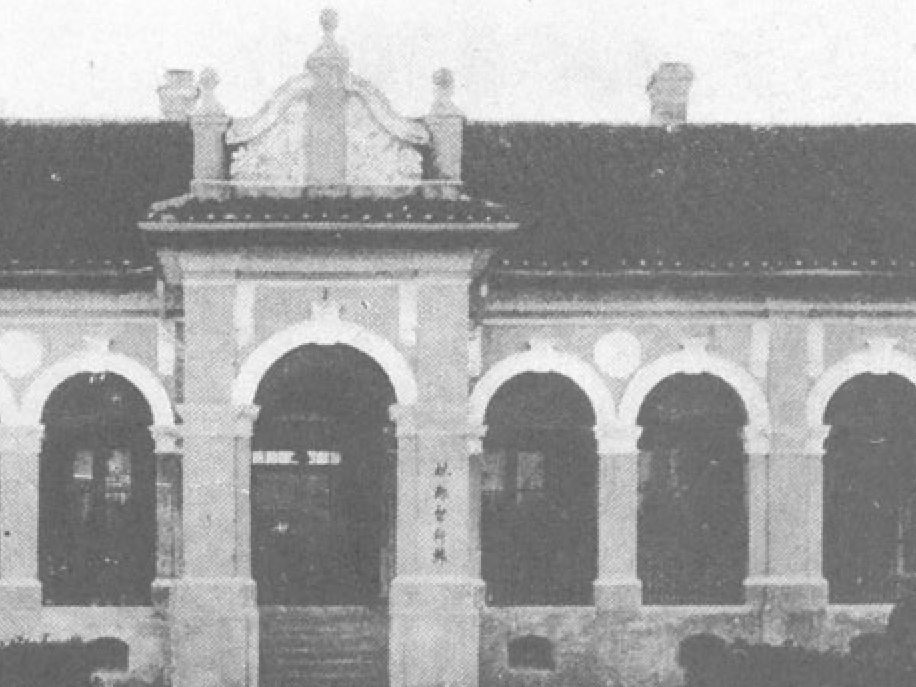
In the early Ming Dynasty, this palace was built to be the Residence of Chen Li and the Residence of Zhu Gaoxu. During the Qing Dynasty, the palace became the Office of Liangjiang Governor. The Emperors Kangxi and Qianlong also used it as their temporary imperial palace when they had tours around Jiangnan region.
During the ruling of the Taiping Heavenly Kingdom, Hong Xiuquan constructed the Heavenly King’s Palace on a large scale. This palace became the Office of Liangjiang Governor again after the failure of the Kingdom.
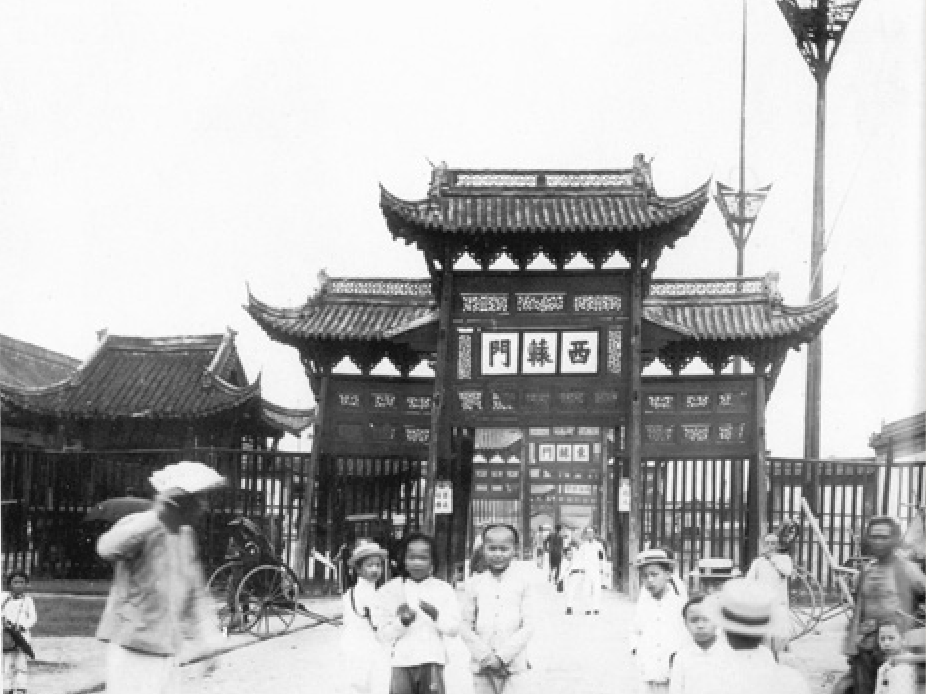
1368 /1911
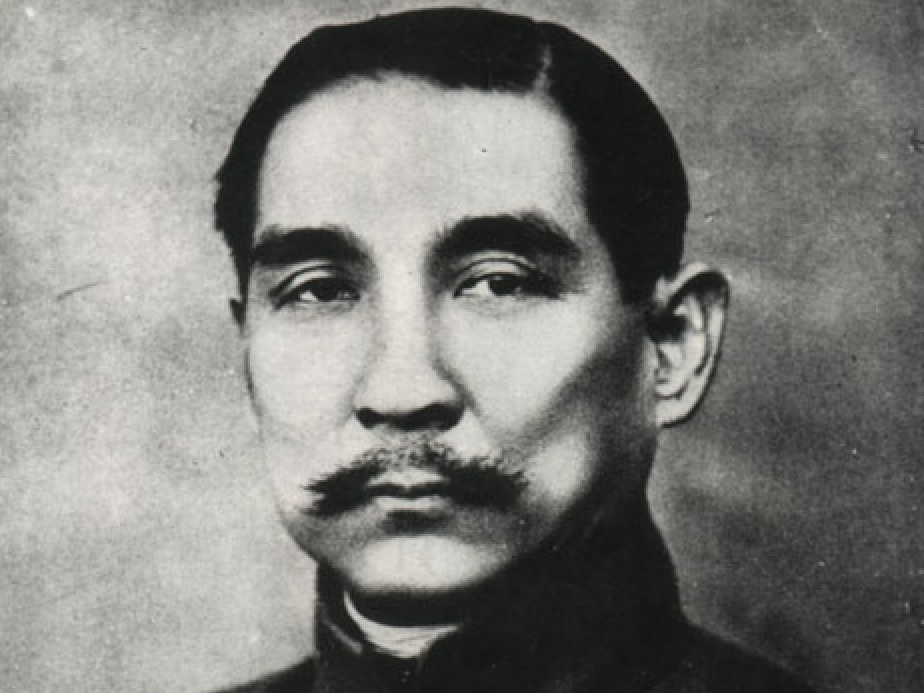
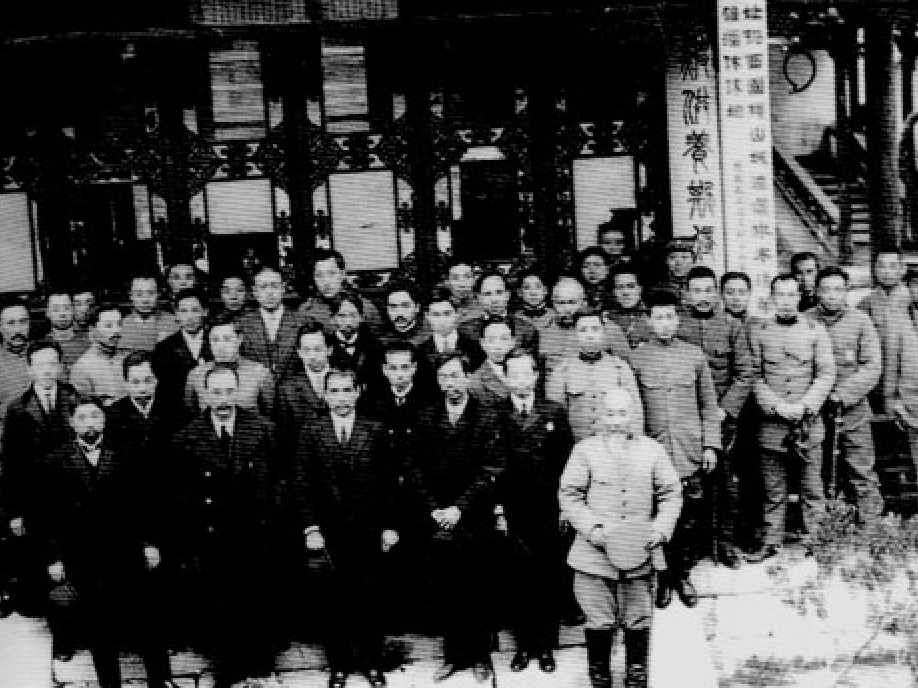
On 1st January, 1912, Dr. Sun Yat-sen was sworn as the Interim President in this Palace, and the Interim Government of the Republic of China was established.
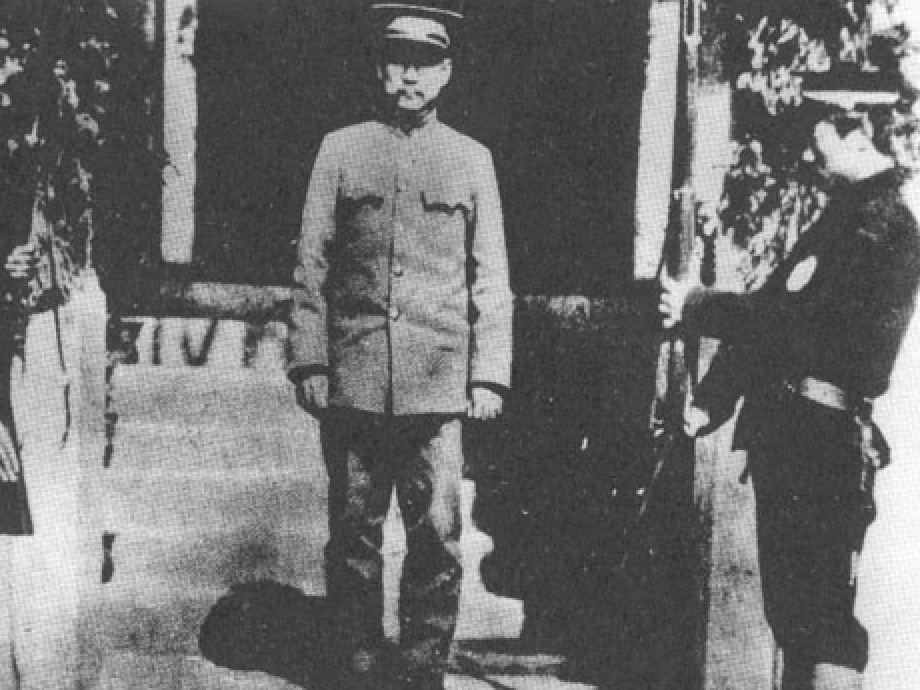
1912 /1912
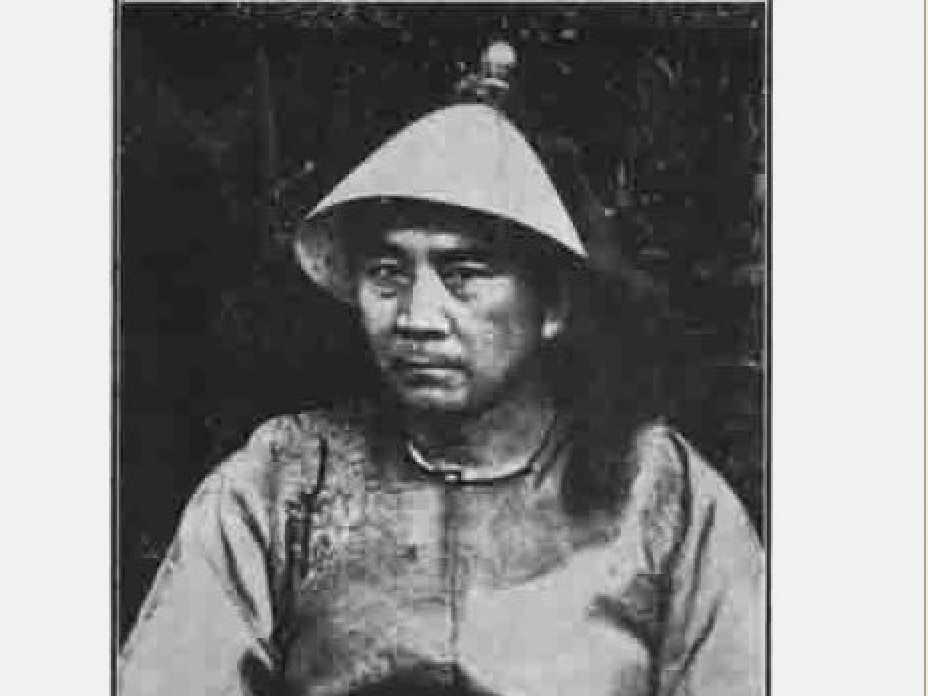
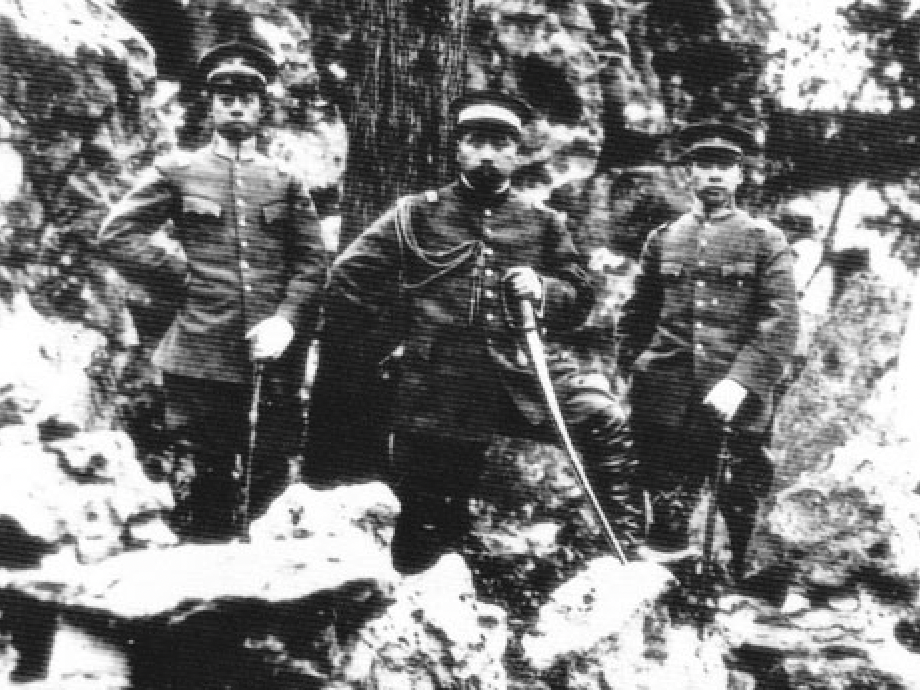
Dr. Sun Yat-sen set up a Nanjing Rear Manson inside this palace after he left office in April 1912.
During the following 15 years, the palace had been used for different purposes, such as the Office of Jiangsu Governor and Vice Presidential Palace and so on.

1912 /1927
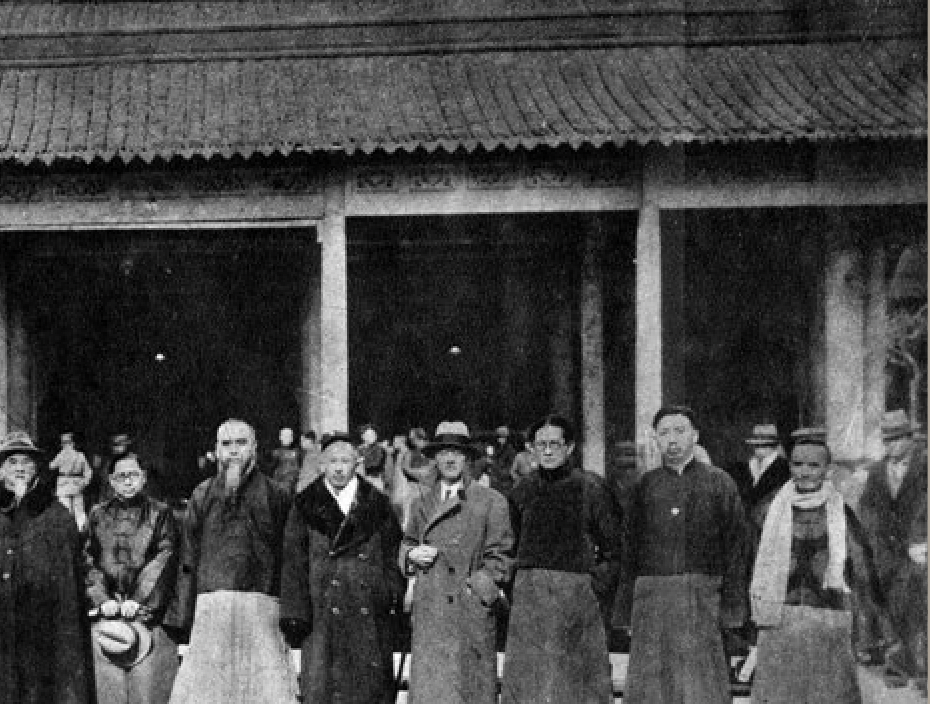
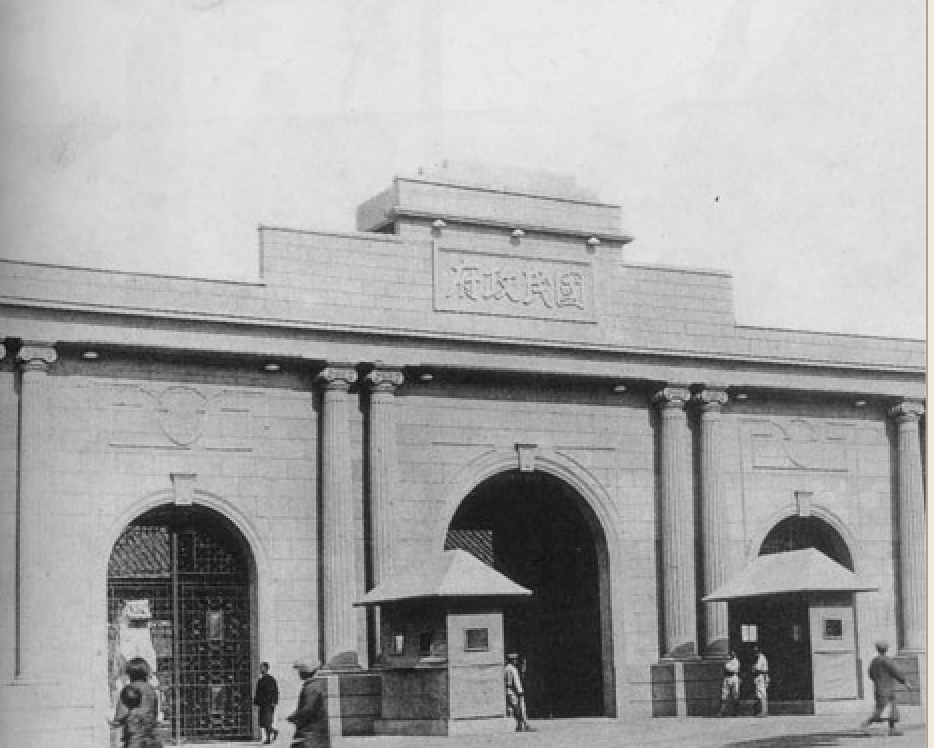
In 1927, Nanjing National Government was established, and the palace became the government offices.
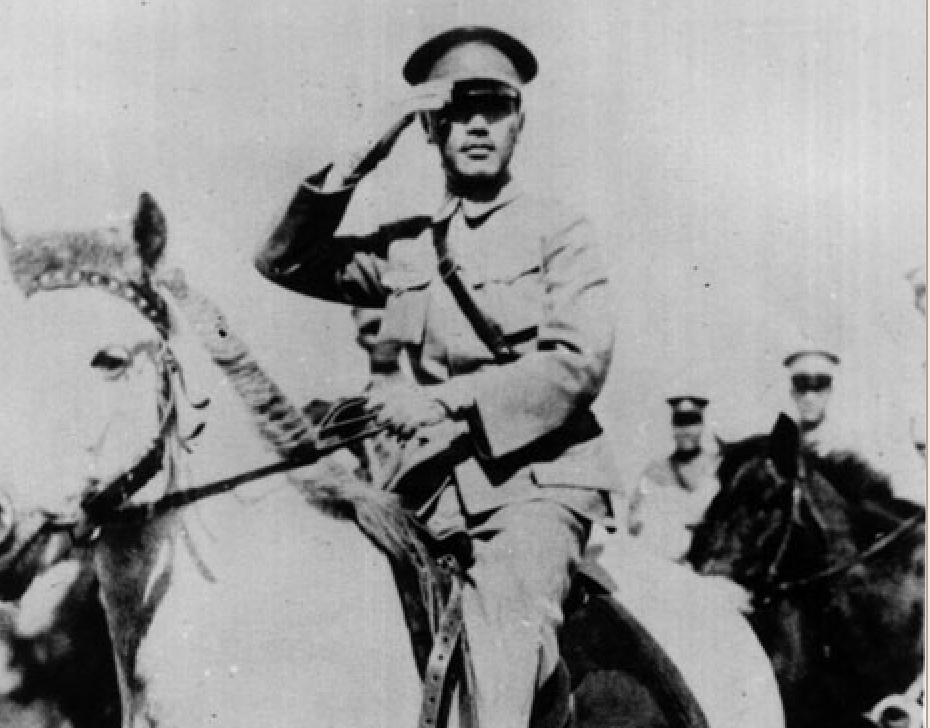
1927 /1937
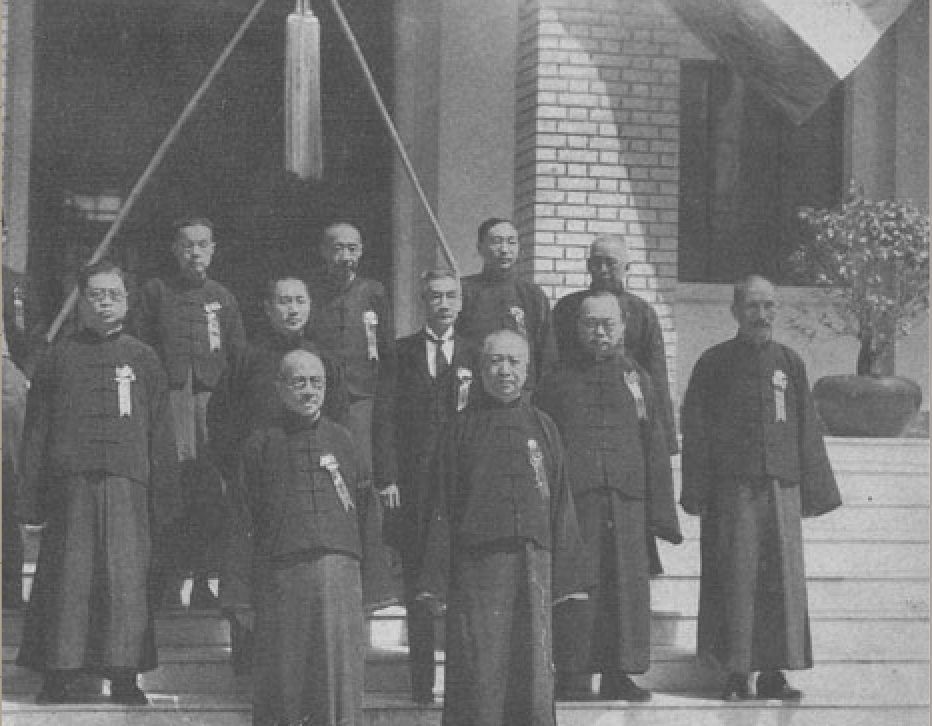
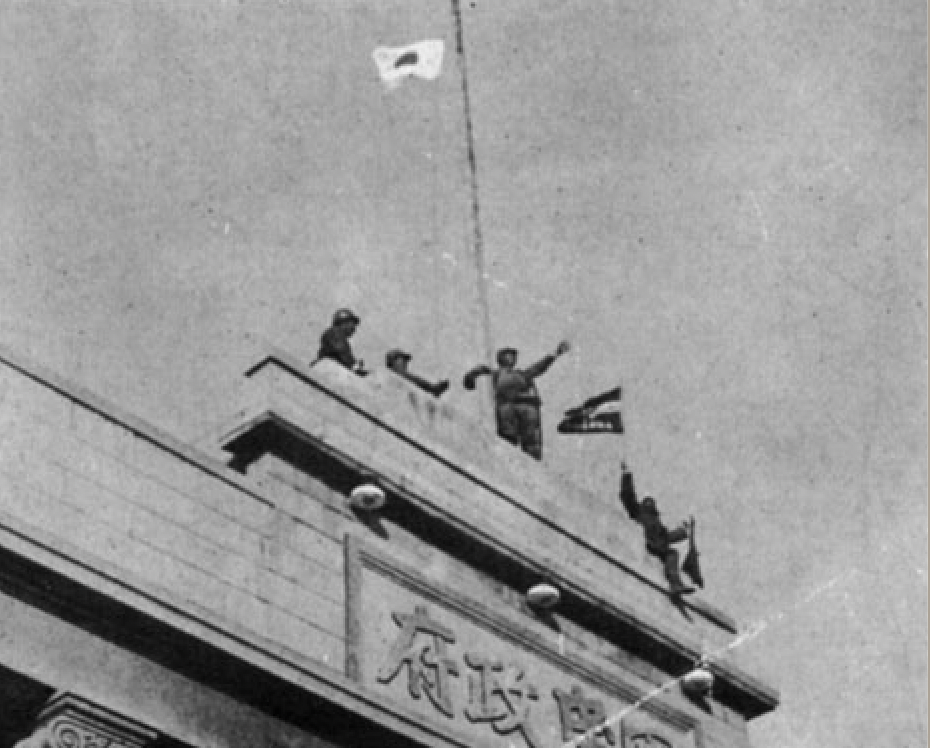
The Japanese Army occupied Nanjing in December 1937, and the offices of the National Government then served as the offices of the 16th Division of Japanese Army and the puppet government.

1937 /1945
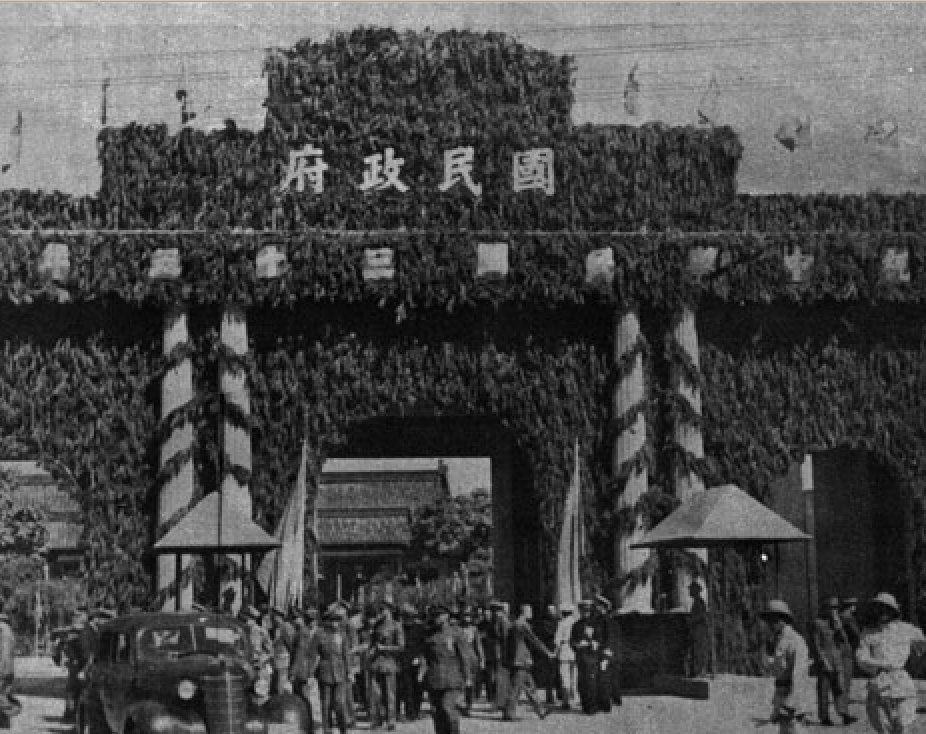

This Palace was still a part of the government offices after the National Government was back from Chongqing in 1946. Jiang kai-shek was elected to be the President of Republic of China in 1948. The buildings were renamed Presidential Palace until the PLA liberated Nanjing.
In 1998, the People's Government of Jiangsu Province decided to transfer this palace into Nanjing Historical Remains Museum of Chinese Modern History, which is also called the Presidential Palace.
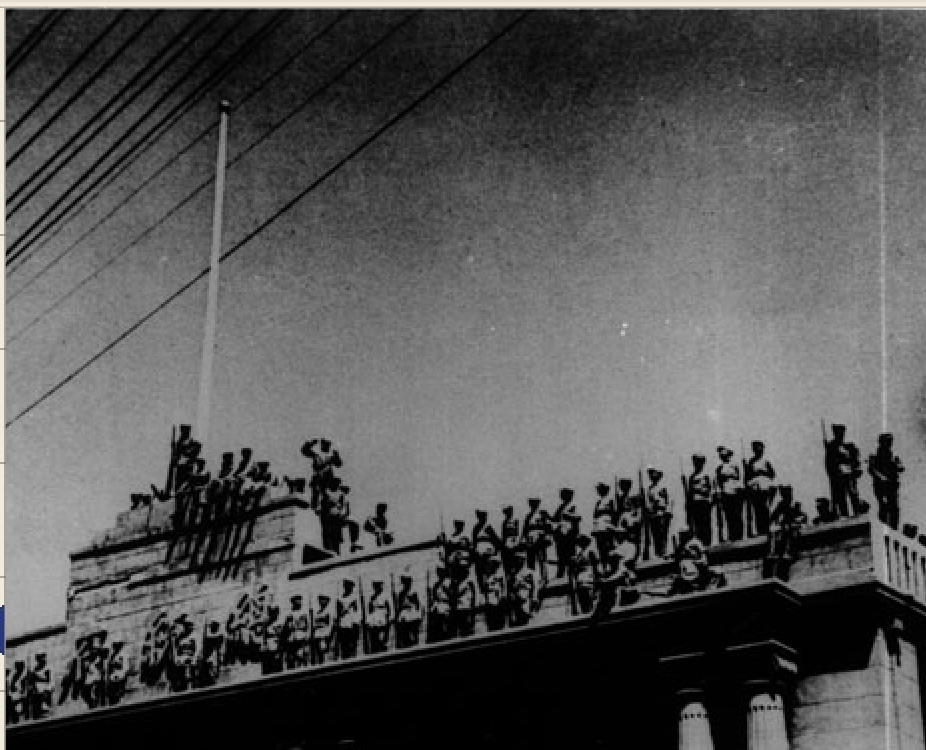
1946 /1949






